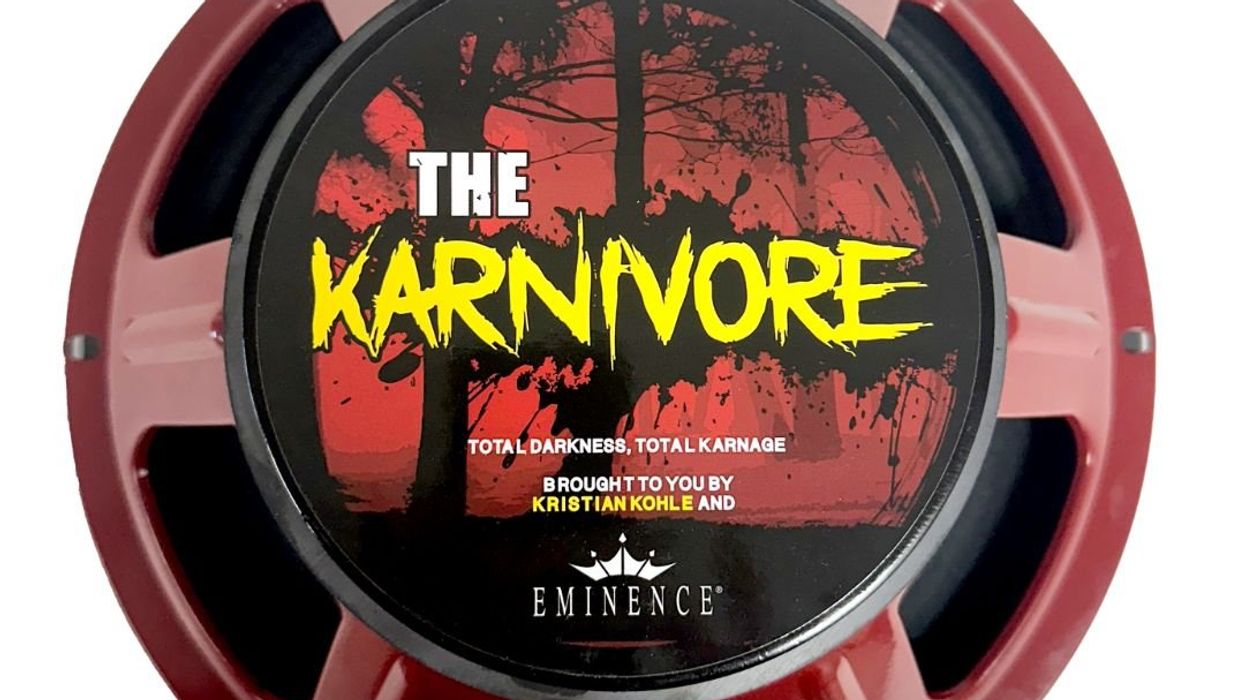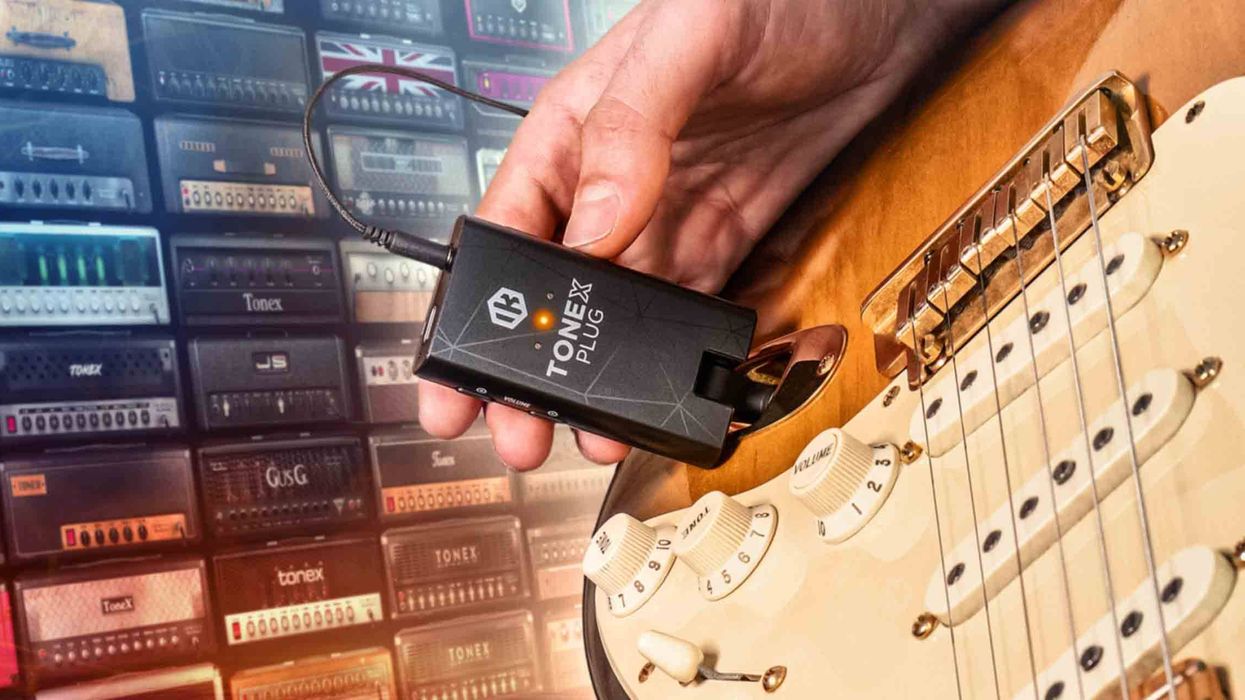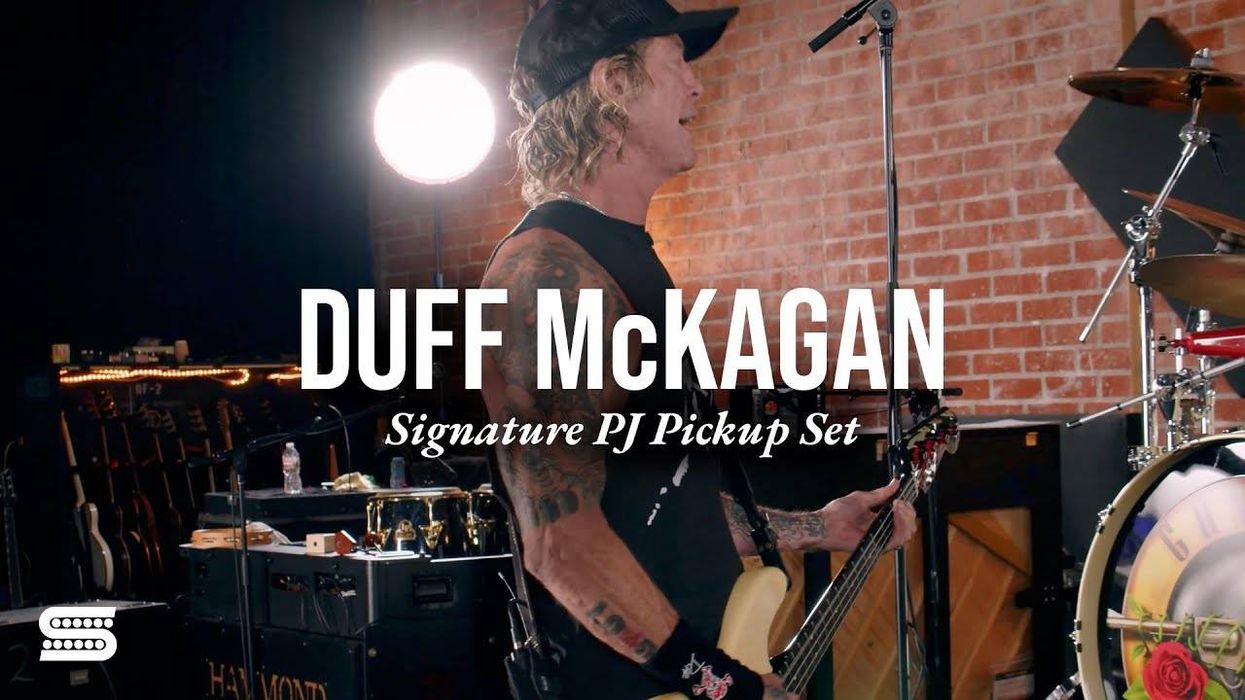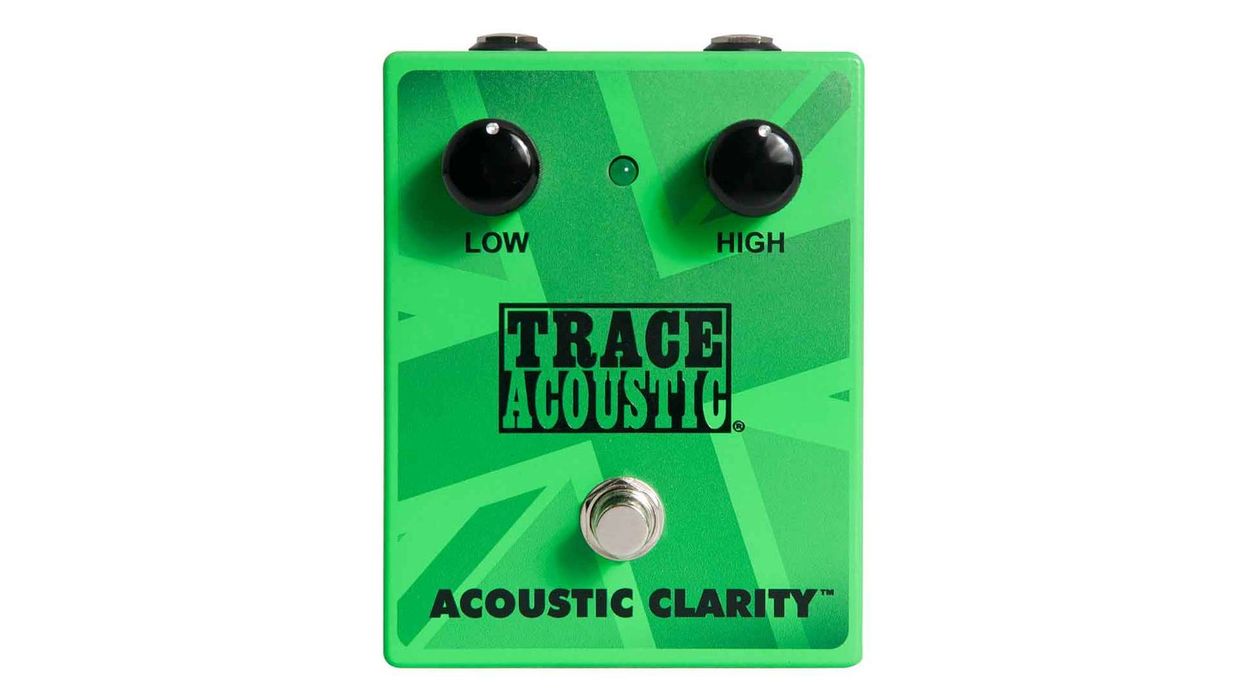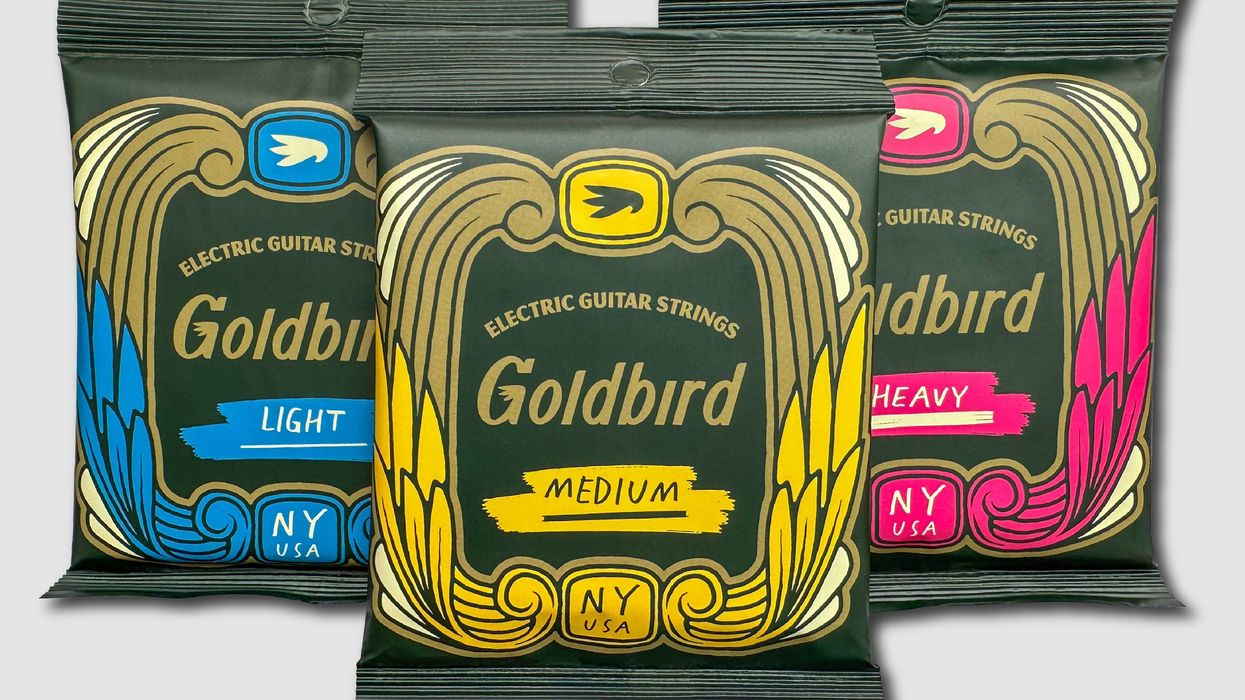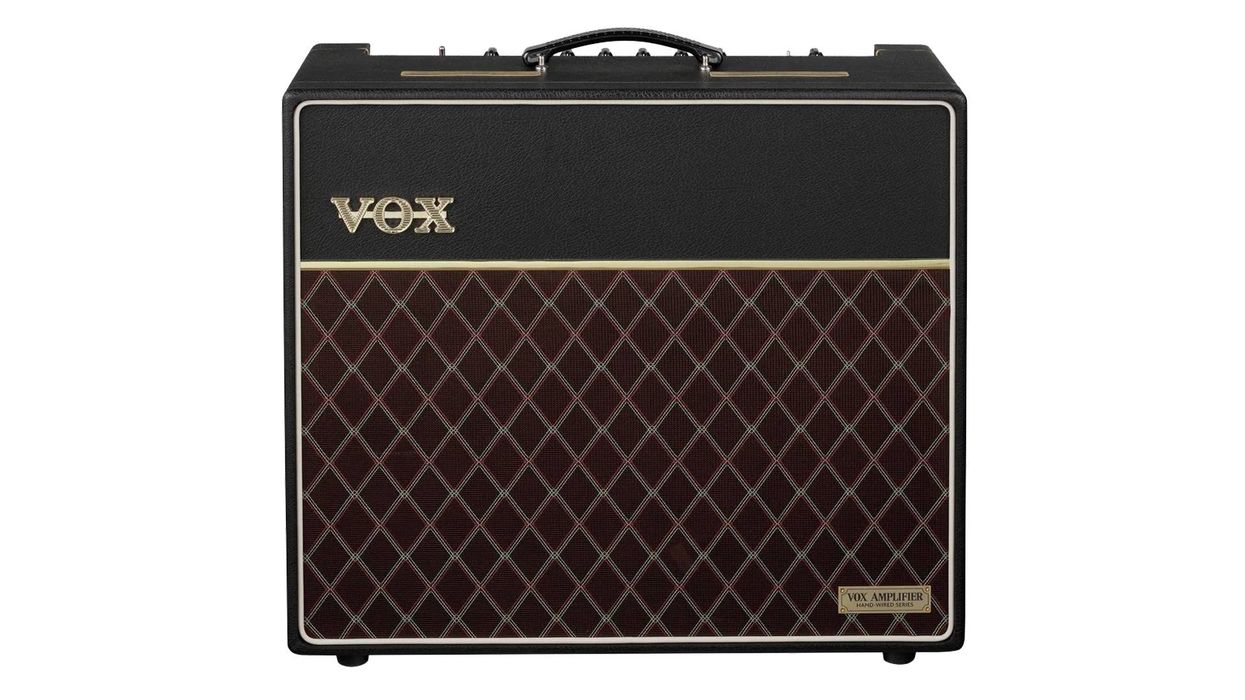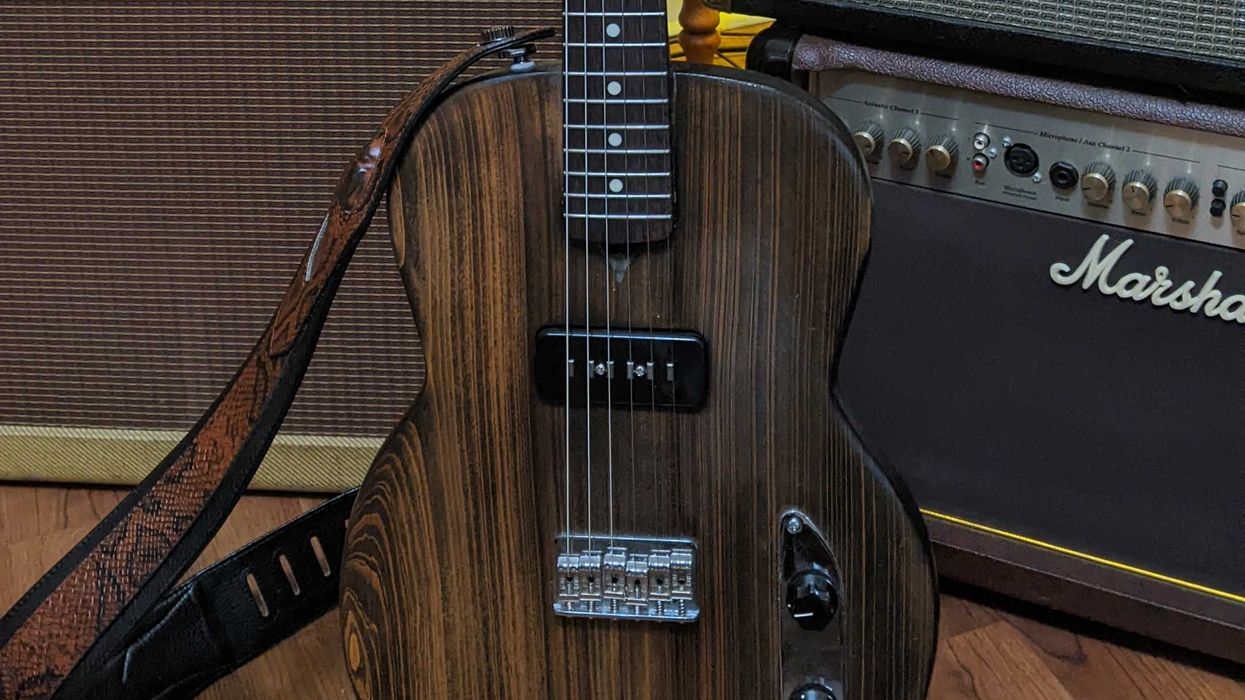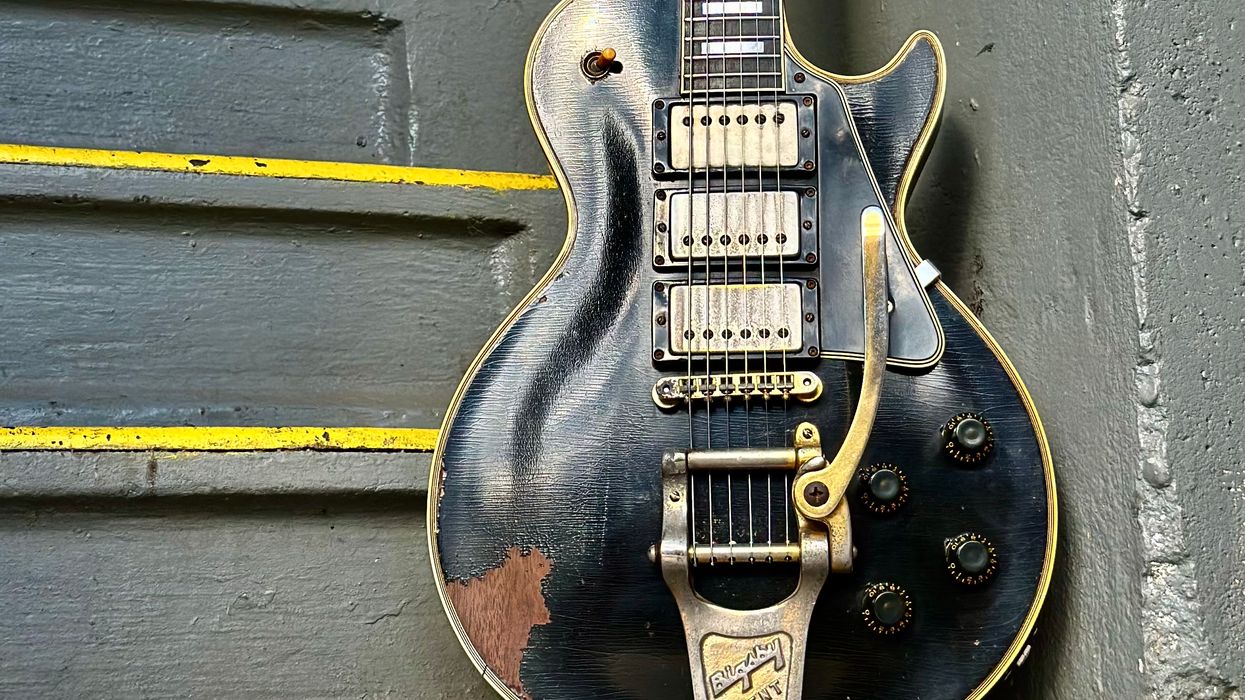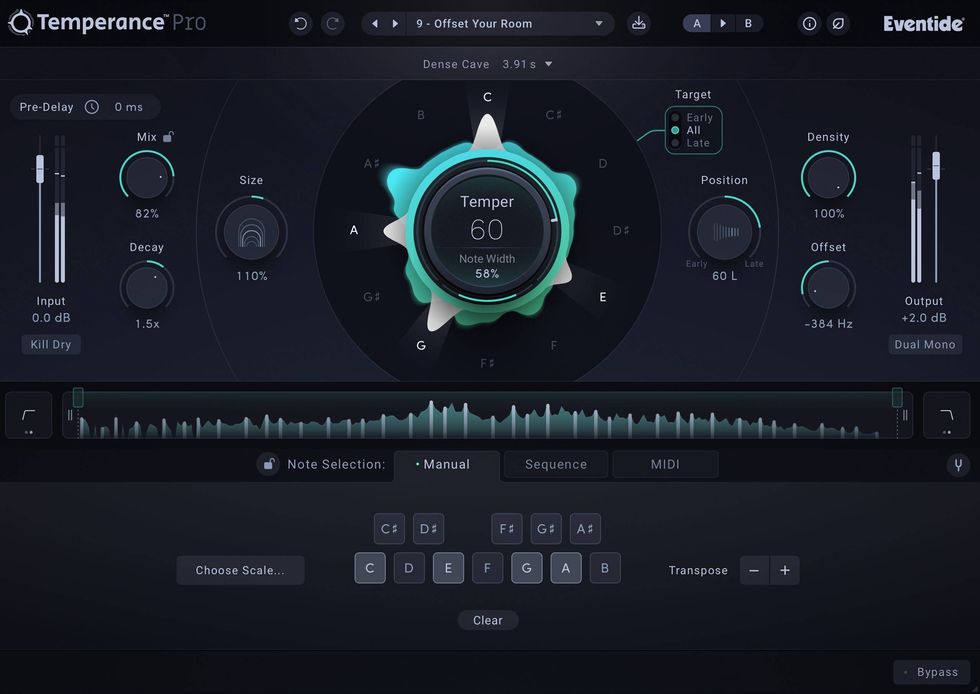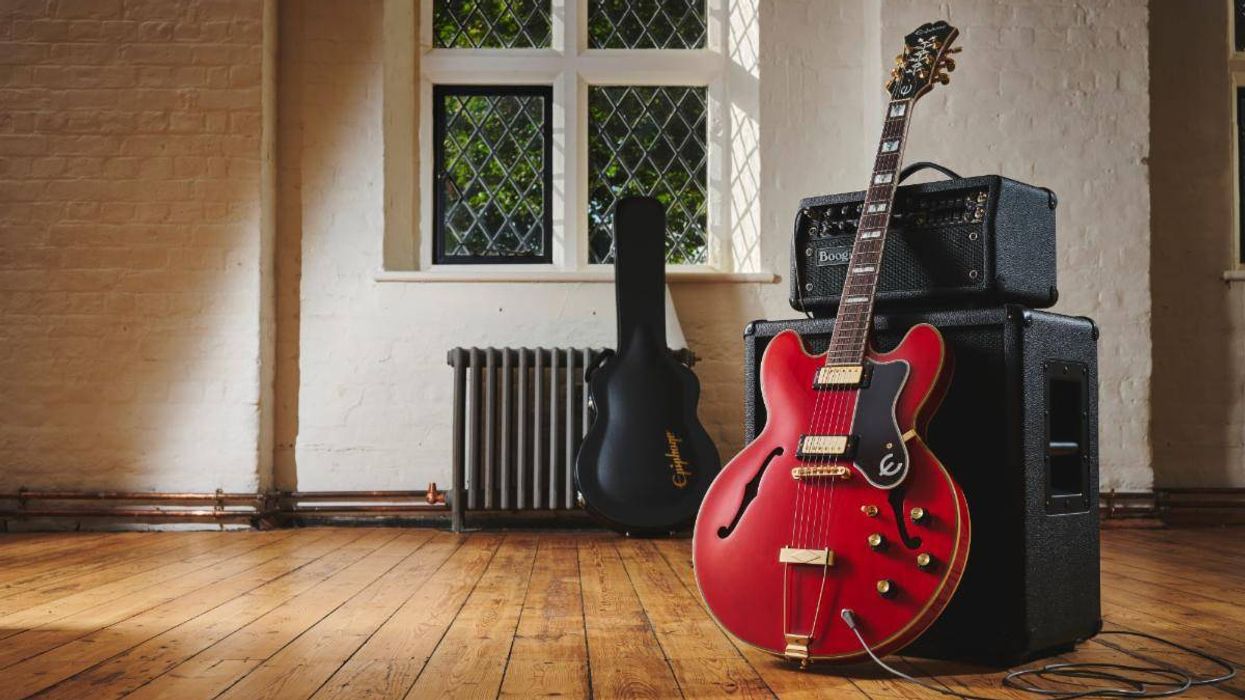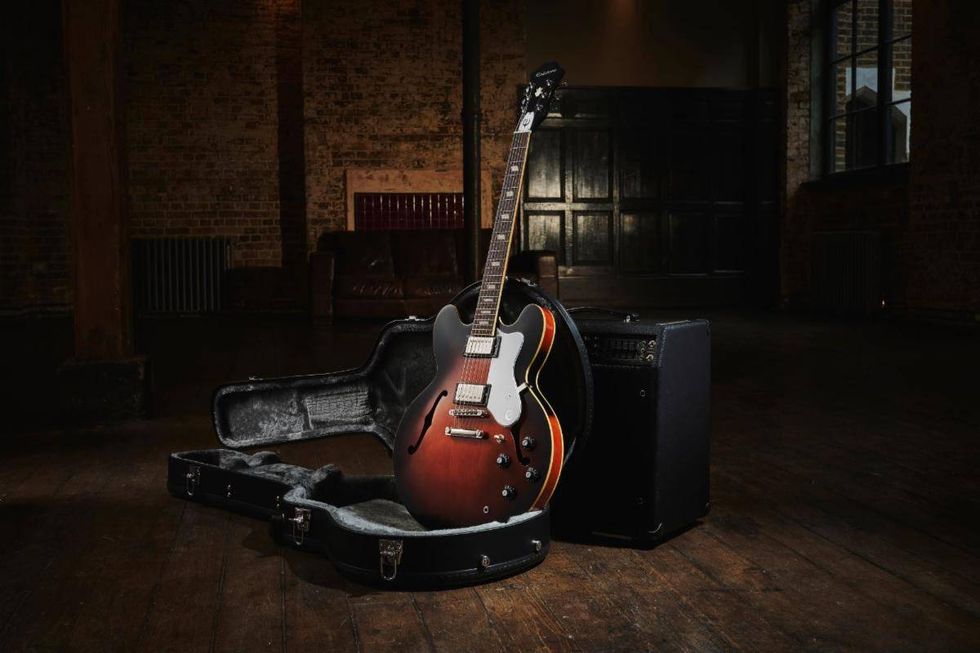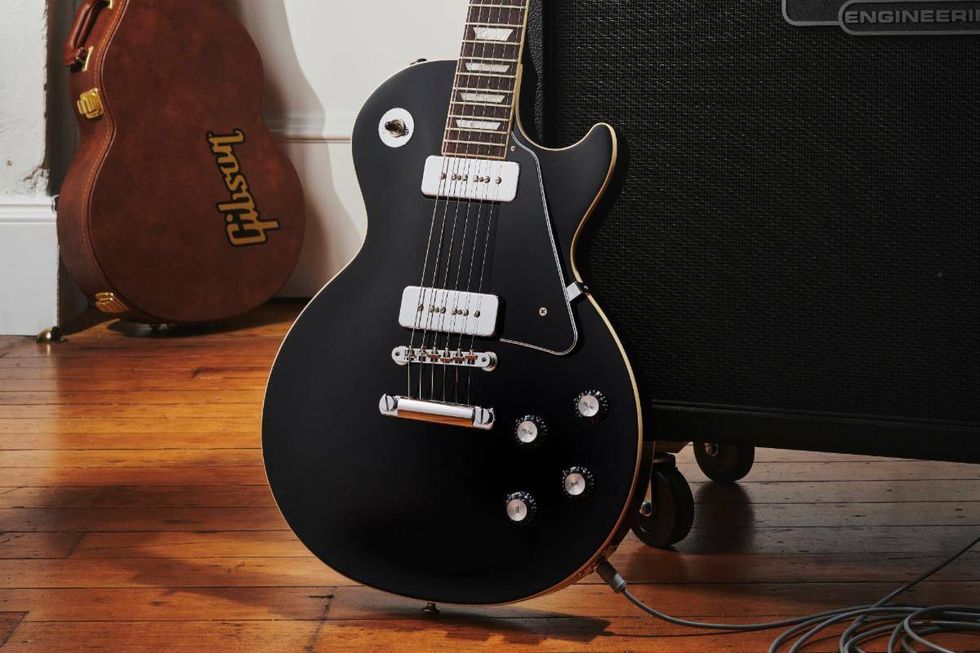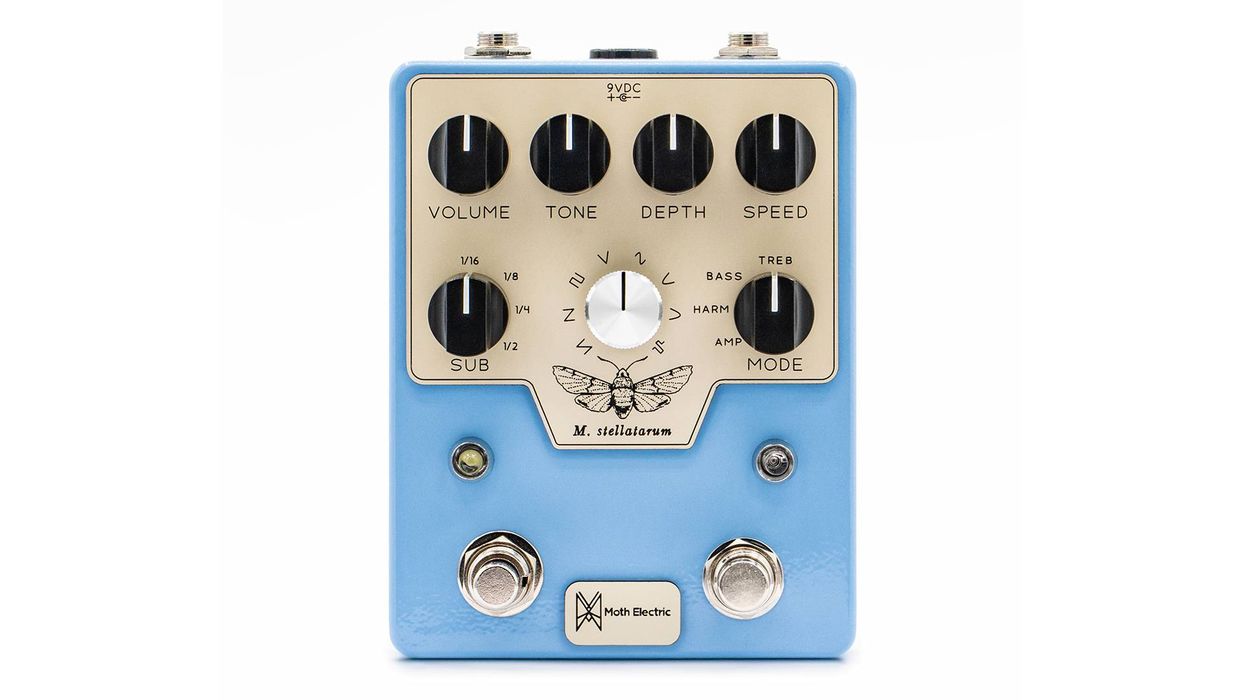Eminence Speaker launches the Karnivore guitar speaker, developed in collaboration with metal producer Kristian Kohle.
Eminence Speaker, renowned for its high-performance speakers in the heart of Kentucky, is launching the Karnivore, a groundbreaking guitar speaker developed in collaboration with world-class metal producer Kristian Kohle.
Following their successful partnership on the Eminence / Orange Bass Guitar Cabinet ImpulseResponse Pack and the Kristian Kohle DV-77 IR Pack, this new venture takes the Kohle/Eminence collaboration to new heights, bringing the ultimate high-gain solution to guitarists everywhere.
Available in 8 ohm and 16 ohm models, the 12” Karnivore is designed with a ceramic magnet to deliver everything heavy players need: a massive low end, a thick, vocal mid-range, and mid-range bite that effortlessly cuts through even the most demanding metal mixes — all without becoming harsh or brittle. Whether it's crushing rhythm tones or searing leads, the Karnivore provides the perfect balance of power and precision, making it a must-have for modern guitarists pushing the boundaries of tone.
Kristian Kohle, a renowned producer and engineer known for his work with legendary metal bands like Powerwolf, Aborted, and Electric Callboy, has been instrumental in shaping the Karnivore’s sonic profile. With years of expertise refining tones for metal artists, Kohle's influence can be heard in every aspect of the speaker's design, ensuring that the Karnivore is not only a technical marvel but also an artistic tool for achieving unparalleled high-gain tones.
Key features of the Karnivore:
- 12” speaker with ceramic magnet
- 8 and 16 ohm options available
The Karnivore carries a $159.99 street price.
For more information, please visit eminence.com.
